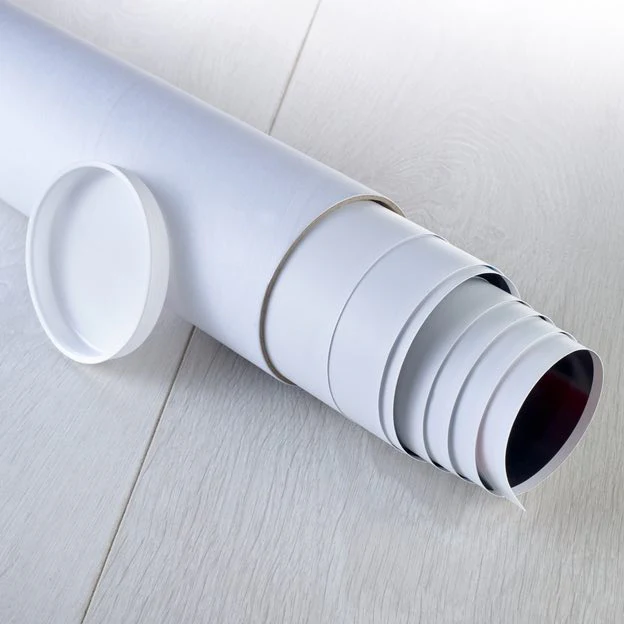![Sunday bonnets at the NavigatorsIslands [Samoa], Apia Bay, Septr 14th 1849 by Edward Gennys Fanshawe](https://previews.magnoliabox.com/nmm/hero/pz4628/MUS-FAPC1114_850.jpg)
Sunday bonnets at the NavigatorsIslands [Samoa], Apia Bay, Septr 14th 1849
Sunday bonnets at the NavigatorsIslands [Samoa], Apia Bay, Septr 14th 1849
Mounted in album with PAI4605-PAI4627, PAI4629-PAI4670.; No.23. No. 23 in Fanshawe's Pacific album, 1849-1852. Captioned by the artist on the album page below the image, as title. A group of figures outside a hut, of which the three women who form the main subject drew Fanshawe's interest by the cultural hybrid of their 'Sunday-best' costume. Their poses are also arranged to show a front, back and side view. His 1904 biography explains (pp. 222-23) that the custom of Samoan women twining their hair with flowers was 'graceful and pretty' but 'Unluckily this habit was closely interwoven with their heathen beliefs and practices; so that the missionaries felt it necessary to forbid [it] and prescribe bonnets to those who became Christians. So they made their fine native plaits of vegetable fibre, and carefully copied the missionaries' wives in their headgear. Bonnets, when these ladies left home [i.e. England, years before] were of coalscuttle shape and extra large size; while no change of fashion reached Samoa. The type accordingly endured, and was scrupulously copied. The bonnets were reserved for Sundays and state occasions, when the native ladies also wore extra draperies, consisting of an oblong piece of coloured cloth hanging down from the shoulders in front, and another behind, in the manner of a sandwich-man's boards. The effect was striking, if not altogether artistic and graceful.' The drawing suggests these 'baldrics' were probably of tapa cloth, while the pareo skirts below appear to be Western cotton fabric. Apia was at this time a small village on the north coast of the island of Upolu, Samoa (since 1962 an independent two-island state - the other island being Savai'i). From the 1850s Apia developed as the capital. The whole island group, including American Samoa, was called the Navigators' Islands by Europeans before the 20th century because of Samoans' seafaring skills. One of four views in Samoa done while Fanshawe commanded the 'Daphne': PAI4628 - PAI4630 were done at or near Apia, on Upolu, in September 1849 and PAI4640 in November, on return there. Only PAI4630 shows Savai'i.
Edward Gennys Fanshawe
Original size: 194 mm x 327 mm
- Image reference: PZ4628
- National Maritime Museum, Greenwich, London
Discover more
More by this artist
Explore the collection
Search for similar images
Product images of Sunday bonnets at the NavigatorsIslands [Samoa], Apia Bay, Septr 14th 1849
![Sunday bonnets at the NavigatorsIslands [Samoa], Apia Bay, Septr 14th 1849 by Edward Gennys Fanshawe](https://previews.magnoliabox.com/nmm/far_corner/pz4628/MUS-FAPC1114_405.jpg)

![Detail of Sunday bonnets at the NavigatorsIslands [Samoa], Apia Bay, Septr 14th 1849 by Edward Gennys Fanshawe](http://prints.rmg.co.uk/cdn/shop/products/pz4628_04708469-db78-4a08-96b3-87532e5ab1b3_1024x1024.jpg?v=1528134288)
Our prints
We use a 240gsm fine art paper and premium branded inks to create the perfect reproduction.
Our expertise and use of high-quality materials means that our print colours are independently verified to last between 100 and 200 years.
Read more about our fine art prints.
Manufactured in the UK
All products are printed in the UK, using the latest digital presses and a giclée printmaking process.
We only use premium branded inks, and colours are independently verified to last between 100 and 200 years.
Delivery & returns
We print everything to order so delivery times may vary but all unframed prints are despatched within 2-4 days via courier or recorded mail.
Delivery to the UK is £5 for an unframed print of any size.
We will happily replace your order if everything isn’t 100% perfect.

![Sunday bonnets at the NavigatorsIslands [Samoa], Apia Bay, Septr 14th 1849 by Edward Gennys Fanshawe](https://previews.magnoliabox.com/nmm/nmm_standard/pz4628/MUS-FAPC1114_100.jpg)
![Sunday bonnets at the NavigatorsIslands [Samoa], Apia Bay, Septr 14th 1849 by Edward Gennys Fanshawe](https://previews.magnoliabox.com/nmm/nmm_standard/pz4628/MUS-FAFP1114_black_100.jpg)
![Sunday bonnets at the NavigatorsIslands [Samoa], Apia Bay, Septr 14th 1849 by Edward Gennys Fanshawe](https://previews.magnoliabox.com/nmm/nmm_standard/pz4628/MUS-CS1212_100.jpg)
![Sunday bonnets at the NavigatorsIslands [Samoa], Apia Bay, Septr 14th 1849 by Edward Gennys Fanshawe](https://previews.magnoliabox.com/nmm/nmm_standard/pz4628/MUS-PCRD-SML_100.jpg)
![Sunday bonnets at the NavigatorsIslands [Samoa], Apia Bay, Septr 14th 1849 by Edward Gennys Fanshawe](https://previews.magnoliabox.com/nmm/nmm_standard/pz4628/MUS-GCRD-SML_100.jpg)
![Sunday bonnets at the NavigatorsIslands [Samoa], Apia Bay, Septr 14th 1849 by Edward Gennys Fanshawe](https://previews.magnoliabox.com/nmm/standard/pz4628/MUS-FAPC1114_100.jpg)
![Sunday bonnets at the NavigatorsIslands [Samoa], Apia Bay, Septr 14th 1849 by Edward Gennys Fanshawe](https://previews.magnoliabox.com/nmm/standard/pz4628/MUS-FAFP1114_black_100.jpg)
![Sunday bonnets at the NavigatorsIslands [Samoa], Apia Bay, Septr 14th 1849 by Edward Gennys Fanshawe](https://previews.magnoliabox.com/nmm/standard/pz4628/MUS-CS1212_100.jpg)
![Sunday bonnets at the NavigatorsIslands [Samoa], Apia Bay, Septr 14th 1849 by Edward Gennys Fanshawe](https://previews.magnoliabox.com/nmm/standard/pz4628/MUS-PCRD-SML_100.jpg)
![Sunday bonnets at the NavigatorsIslands [Samoa], Apia Bay, Septr 14th 1849 by Edward Gennys Fanshawe](https://previews.magnoliabox.com/nmm/standard/pz4628/MUS-GCRD-SML_100.jpg)

![Sunday bonnets at the NavigatorsIslands [Samoa], Apia Bay, Septr 14th 1849 by Edward Gennys Fanshawe](https://previews.magnoliabox.com/nmm/far_corner/pz4628/MUS-FAFP1114_black_622.jpg)
![Sunday bonnets at the NavigatorsIslands [Samoa], Apia Bay, Septr 14th 1849 by Edward Gennys Fanshawe](https://previews.magnoliabox.com/nmm/far_corner/pz4628/MUS-CS1212_622.jpg)



